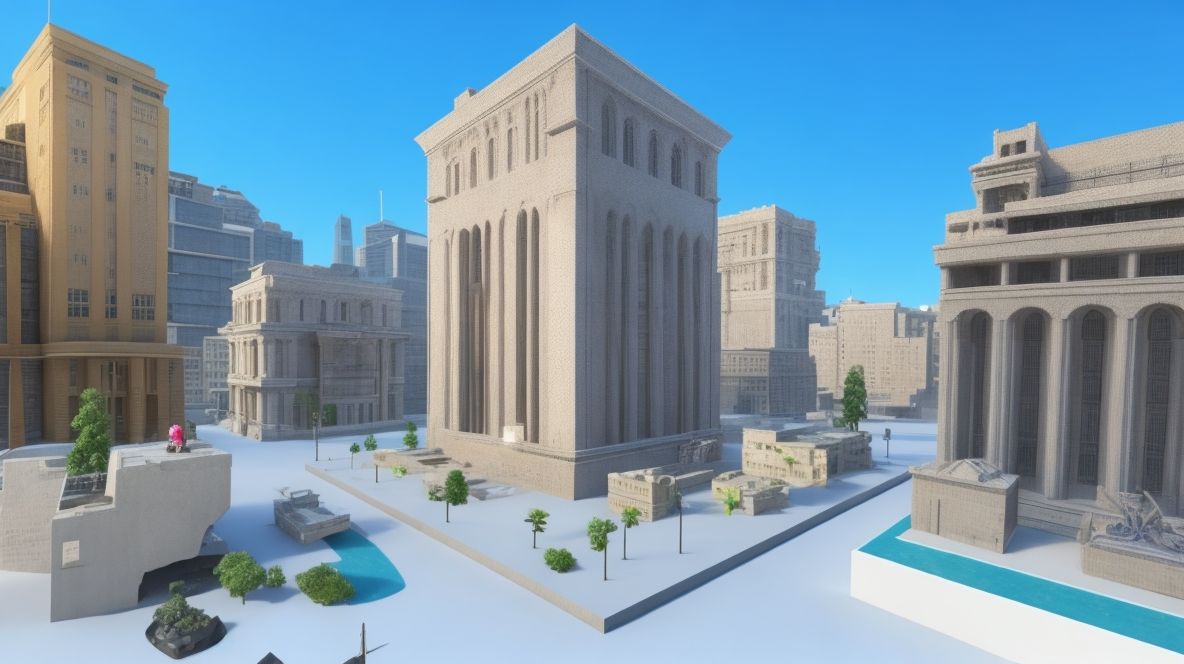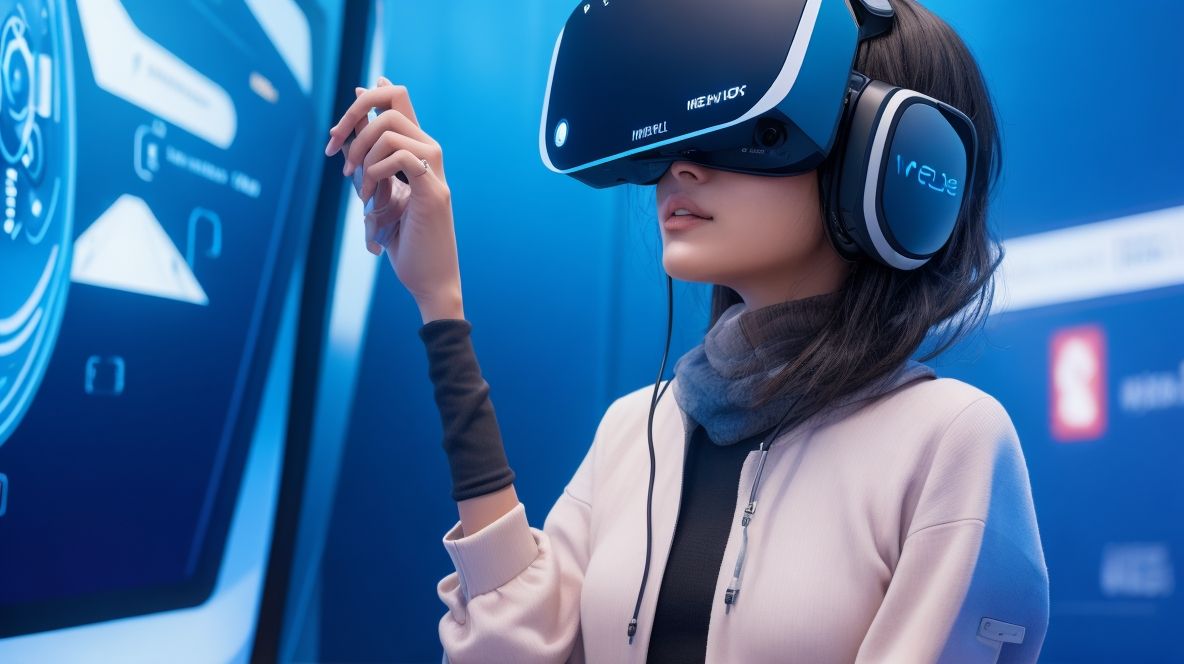How is 3D Modelling the pathway to Metaverse?
In the Metaverse, 3D characters, objects, and scenes that resemble our real life, altogether play a major role in facilitating users with realistic experiences of real-world products/services. 3D modelling in the Metaverse can maximise revenue due to increased personalization.

Personalization: The key to driving sales has an increasing demand with each passing day. The beginning of the 3D era helps brands in providing more personalised content and connection with their consumers.
In the real world, videos and images can drive traffic, and generate leads and conversions.
But, in the Metaverse, the story changes. 3D characters, objects, and scenes that resemble our real life, altogether play a major role.
Facilitating users with realistic experiences of real-world products/services using 3D modelling in the Metaverse can maximise revenue due to increased personalization.
3D Modelling - Pathway to Metaverse
The representation of real-life objects, scenes, and characters in a three-dimensional way is known as 3D Modelling.
This technology is widely used in almost every industry including but not limited to animation, architecture, design, and product prototyping.
To know more you can read our blog.
What is Metaverse?
A digital world where users can move freely and interact with objects, scenes, and characters actively. It is immersive and gives a real-life experience to the users through the virtual space.
Following are some of the prominent reasons why 3D modelling is the pathway to The Metaverse -
•Characters - Users interact with other characters aka Avatars in the Metaverse. Metaverse is immersive. The nature of immersion is provided by 3D modelling. The characters in the Metaverse make the visual scene interesting and engaging.
We can use these avatars/characters to represent ourselves as well as others.
•Interiors and exteriors - As mentioned earlier, Metaverse gives a real-life picture in a 3D style. The exteriors and interiors, right from the building, painting, windows, rooftop, and terrace to furniture, sofa, tables, electrical appliances, and more, everything can be performed using 3D modelling.
•Virtual sale - The virtual industry is a budding one. For instance, we can see ebooks being traded online. Versatile virtual assets are in progress too. All these virtual assets will then be demonstrated using 3D modelling for high-quality presentation.
For example - digital gold, digital stones, and pearl
•Appealing - Using words appropriately which seem natural is an art. But as our demands are growing, humans can't just binge on words. Eye-catching characters moving in the virtual space relating to the story/poem/essay/write-up you've made is a win-win situation. This also requires 3D modelling to create an aura as you desire.
•Prototype - Be it any industry, any new idea requires presentation and a prototype. Metaverse facilitates this by using 3D modelling techniques where the exact prototype can be created. Conducting different tests and modifications can also be made easily to ensure that the real ideas are executed with a thorough examination.
This helps in delivering high-quality products and services be it in the real world or virtual.
To know more about Metaverse, refer to our Blog

There are various career opportunities available for 3D designers in the Metaverse industry such as -
- 3D Animator
- Environment Artist
- 3D motion capture Artist
- Motion graphic designer
- Character Artist
- VFX Artists and more.
Above are the major reasons, that we can confidently say - 3D modelling is the pathway to Metaverse. Metaverse has a few basic characteristics like -
•Immersion - A digital world that involves the user's multiple sensory modalities which include vision, sound, pressure, motion, and smell. Users can enjoy a real-life experience while sitting on their couch with this attribute.
•Interaction - Users can interact with the surroundings, characters, and objects or the virtual world. They can talk, write, read, and also use gestures to communicate. This gives them a sense of social being even in the digital world.
•Engagement - With immersion, interaction, flexibility, high-quality content, and real-life experience, the engagement rate of the audience is quite high to the advantage of brands altogether.
•Real-life replication - Metaverse, in basic words, is a replication of the real world. The products/services you see offline in stores can easily be viewed here personally.
All the features can be experienced as well. This attribute is the core of Metaverse.
The above 4 characteristics are the features facilitated by three-dimensional Modelling.
Also, 3D modelling techniques and software require practice to deliver exceptional results concerning the objects, characters, and scenes for the Metaverse.
We at Convrse.pro help 3D artists create various models by making YouTube tutorials and 'How to' blogs for better understanding and execution.
You can check out the following tutorials -
Metaverse is a virtual artificial platform that provides a three-dimensional user experience.
Conversational AI along with 3D space will play a major role in expanding the industry of Metaverse.
“The metaverse is here, and it’s not only transforming how we see the world but how we participate in it – from the factory floor to the meeting room.”
Satya Nadella, Microsoft MSFT.
Therefore, it is safe to say that 3D modelling is not just the pathway, but a functional part of the Metaverse.





